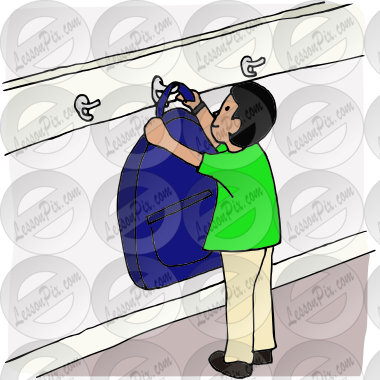

On 23 November 1948, Francis Rogallo and Gertrude Rogallo applied for a kite patent for a fully flexible kited wing with approved claims for its stiffenings and gliding uses the flexible wing or Rogallo wing, which in 1957 the American space agency NASA began testing in various flexible and semi-rigid configurations in order to use it as a recovery system for the Gemini space capsules. NASA's Paresev glider in flight with tow cable. Volmer Jensen with a biplane hang glider in 1940 called VJ-11 allowed safe three-axis control of a foot-launched hang glider. Several builders would have their first hang glider made by following the plan in his article. Bates proved to be a seminal hang glider article that seemingly affected builders even of contemporary times. In April 1909, a how-to article by Carl S. The biplane hang glider was very widely publicized in public magazines with plans for building such biplane hang gliders were constructed and flown in several nations since Octave Chanute and his tailed biplane hang gliders were demonstrated. In 1910 in Breslau, the triangle control frame with hang glider pilot hung behind the triangle in a hang glider, was evident in a gliding club's activity. Hang gliding saw a stiffened flexible wing hang glider in 1904, when Jan Lavezzari flew a double lateen sail hang glider off Berck Beach, France. His aircraft was controlled by weight shift and is similar to a modern hang glider. His rigorously documented work influenced later designers, making Lilienthal one of the most influential early aviation pioneers. Otto Lilienthal built controllable gliders in the 1890s, with which he could ridge soar. Starting in the 1880s technical and scientific advancements were made that led to the first truly practical gliders, such as those developed in the United States by John Joseph Montgomery. Most early glider designs did not ensure safe flight the problem was that early flight pioneers did not sufficiently understand the underlying principles that made a bird's wing work. In 1853, George Cayley invented a slope-launched, piloted glider. Main article: History of hang gliding Otto Lilienthal in flight Obtaining the safety benefits of being instructed is highly recommended and indeed a mandatory requirement in many countries. The Federation Aeronautique Internationale and national airspace governing organisations control some regulatory aspects of hang gliding. By the 1980s this ratio significantly improved, and since then pilots have been able to soar for hours, gain thousands of feet of altitude in thermal updrafts, perform aerobatics, and glide cross-country for hundreds of kilometers. Typically the pilot is in a harness suspended from the airframe, and controls the aircraft by shifting body weight in opposition to a control frame.Įarly hang gliders had a low lift-to-drag ratio, so pilots were restricted to gliding down small hills. Most modern hang gliders are made of an aluminium alloy or composite frame covered with synthetic sailcloth to form a wing. Hang gliding is an air sport or recreational activity in which a pilot flies a light, non-motorised foot-launched heavier-than-air aircraft called a hang glider. Since these motors are easily started in the air, you can shut your motor on and off as you please, gliding for hours on thermals, convergence or ridge lift.Unpowered glider air sport Hang glider just after launch from Salève, France Periods of extended full-throttle will burn fuel at a faster rate or with an up down throttle. Motor-on flight time can easily exceed 2-4 hours based upon paramotor model and mild throttle usage. They are rugged, reliable and extremely easy to use. These motors are some of the most powerful, yet low maintenance aircraft engines you will find anywhere.

With one of these motor units, the propeller gives you thrust, allowing you to launch, climb, fly level or glide down through the air on a paraglider at your own will. These lightweight engines have an incredible power to weight ratio, start easily and are fitted onto a backpack that you can easily walk around with. The motor that powers us to dizzying heights is nothing short of remarkable!


 0 kommentar(er)
0 kommentar(er)
